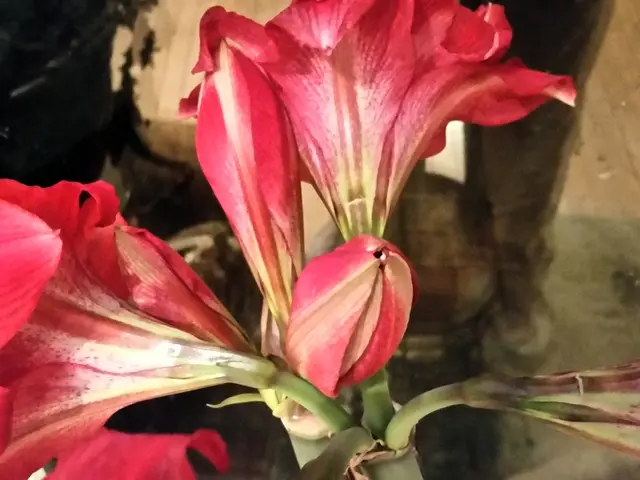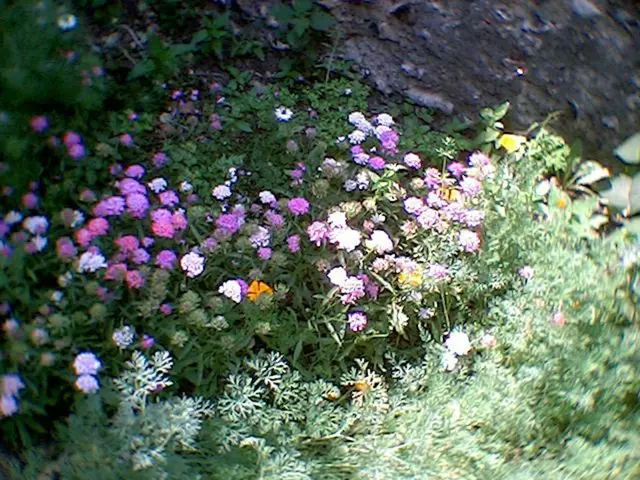Variation Between Growing Zone and Planting Period
Understanding the Role of Garden Zones as a Beginner Gardener
Garden zones, contrary to initial assumptions, do not solely dictate when to plant crops. Instead, they serve to inform gardeners about the types of plants likely to thrive in their area based on average annual minimum winter temperatures. Developed by the United States Department of Agriculture (USDA), the understanding of these zones is crucial for selecting plants that can survive the local winter conditions.
What are Garden Zones?
In the United States, garden zones help growers understand which plants are most likely to thrive at a particular location. This insight is based on the average annual minimum winter temperature, determined from data collected over a 30-year period. The USDA created a map to help gardeners identify which zone they reside in.
The 2023 version of the Plant Hardiness Zone Map, updated just this year, takes into account several factors beyond the average minimum winter temperature. These factors include the effect of cities with extensive concrete and asphalt on temperature, elevation, and the proximity of large bodies of unfrozen water. With the implementation of these transformations, close to double the amount of weather stations were used for data collection, leading to nearly half of the United States shifting to a higher zone.
Beyond Determining When to Plant
While garden zones provide useful information regarding suitable plant choices for winter survival, they provide little guidance on when to plant. The confusion arises when gardeners rely on zones for "when to plant" guidelines. However, the critical factor for garden planning is the growing season, determined by the average last and first frost dates.
The Importance of Knowing Your Growing Season
Gardeners are encouraged to focus more on their growing season than their garden zones for effective garden planning. To find one's growing season, pinpoint the average last and first frost dates. Growing seasons establish the optimal planting window for crops, with some plants requiring planting after the last frost, and others that can be planted before.
For example, a gardener's friend and fellow grower, Melissa K. Norris, may reside in the same garden zone as the writer but experience a shorter growing season due to later frost dates. This knowledge highlights how relying solely on garden zones for planting windows may result in potential crop failures for annual crops. Instead, focusing on average last and first frost dates is essential for establishing an accurate planting schedule.
Easy Tools to Estimate Frost Dates
Determining your average last and first frost dates is a straightforward process. Online resources such as the Farmer's Almanac First and Last Frost Dates and Frost Dates by Garden.org allow gardeners to enter their zip code and receive their frost dates. These valuable tools enable gardeners to plan their gardens with precision and adapt their planting approach based on their growing season.
In conclusion, while garden zones are beneficial for learning about which plants will survive the winter, it is essential to understand that the growing season determines the appropriate time to plant. By focusing on growing seasons and frost dates, gardeners can effectively plan their gardens and optimize their crop growth.
- To ensure the success of their garden, gardeners are advised to focus on their growing season, rather than their garden zone, for effective garden planning. This involves pinpointing the average last and first frost dates.
- Online garden printables and resources, such as the Farmer's Almanac First and Last Frost Dates and Frost Dates by Garden.org, offer an easy way for gardeners to estimate their frost dates by entering their zip code.
- Complementing the knowledge gained from understanding garden zones, gardeners should be aware that the growing season, not the zones, establishes the optimal planting window for crops, influencing their gardening lifestyle and home-and-garden activities.








